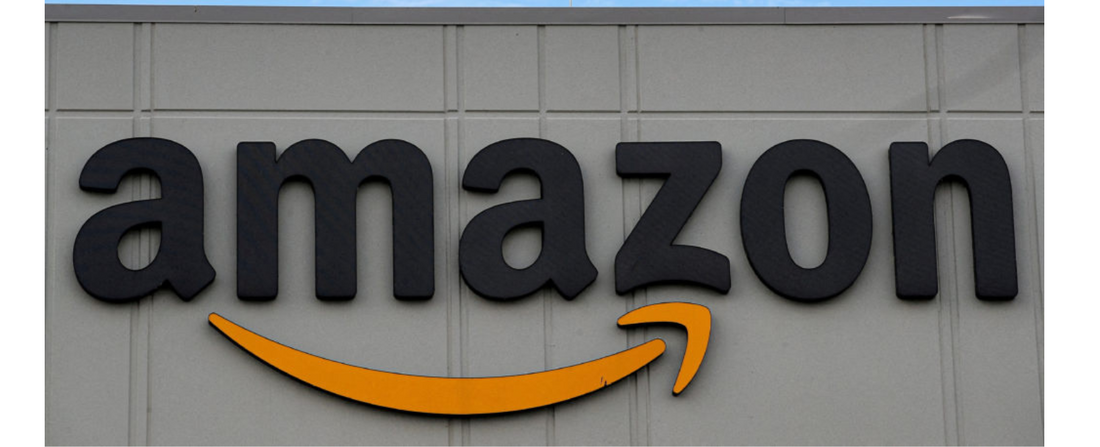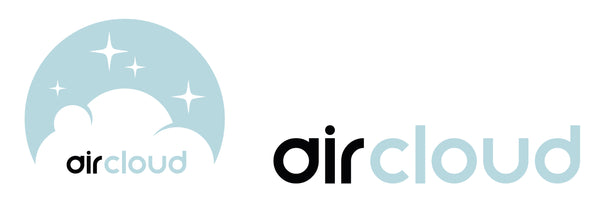
Amazon Prime's Role in the Textiles Industry: The Good and the Bad
Share
Amazon Prime's Role in the Textiles Industry: The Good and the Bad
Amazon Prime has changed the way we shop. Whether it’s gadgets, groceries, or the latest homeware, millions of us now click “add to basket” knowing our order will arrive at lightning speed. The textiles industry has felt this shift more than most. From bedding and curtains to clothes and towels, Amazon Prime makes shopping for textiles easy, fast, and often cheaper. But, as with most things, it’s not all perfect. Let’s take a look at the positives and the challenges of Prime’s influence.
The Good
1. Convenience at Our Fingertips
Gone are the days of waiting weeks for delivery or spending hours searching shops. With Prime, we can order a duvet cover at midnight and have it on our bed the next evening. For busy households and students alike, that’s a game-changer.
2. Endless Choice
Whether you’re on a tight budget or after a luxury throw, Amazon Prime offers something for everyone. The sheer variety means you can browse styles, colours, and prices in one place without leaving the sofa.
3. A Platform for Small Sellers
It’s not just the big names. Many small, independent textile businesses list their products on Amazon. Prime helps them reach shoppers they’d never find otherwise – sometimes even across the world.
4. Trust Built on Reviews
We’ve all hesitated before buying online. But Prime’s customer reviews, plus easy returns, give us the confidence to try new brands and products.
The Bad
1. Tough for Small Businesses
The flip side is that selling on Amazon isn’t easy. Small textile makers often face high fees and pressure to keep prices low. Competing with mass-produced products can be a real struggle.
2. Encouraging Fast Fashion
The speed and low cost of Prime can make us buy more than we need. Cheaper textiles may not last as long, which adds to waste and goes against the growing push for sustainability.
3. Quality Can Suffer
With so many low-cost options, not everything meets expectations. Poor quality textiles mean more returns, disappointed customers, and ultimately more waste.
4. Hard on the High Street
Local shops and traditional retailers can’t always match Prime’s pricing or delivery times. This shift has hurt many high street businesses that once thrived on textile sales.
Striking a Balance
Amazon Prime has brought incredible convenience and choice to textile shopping, but it’s also raised important questions about sustainability, fairness, and quality. As shoppers, we hold the power to make mindful choices – opting for well-made, long-lasting textiles rather than just what’s cheapest or quickest.
Final Thoughts
Amazon Prime is both a blessing and a challenge in the textiles industry. It’s transformed the way we shop, offering speed and variety, but it also pressures small sellers and fuels a culture of overconsumption. The future will depend on how brands adapt – and how thoughtfully we, as customers, choose to fill our baskets.
Follow us on: Instagram, Twitter X, Pinterest.
